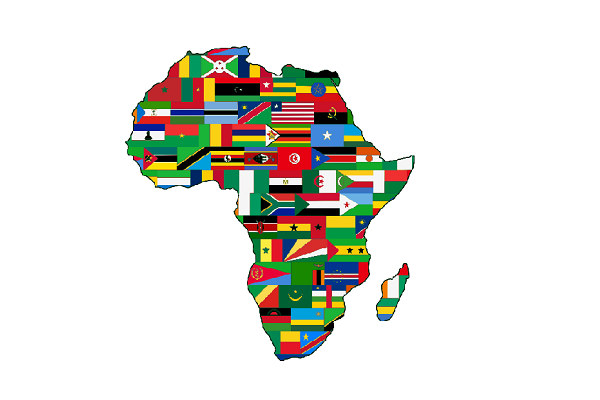Insurance Key to Boosting Africa’s Infrastructure Development.
- Home
- Insurance Key to Boosting Africa’s Infrastructure Development.

Insurance Key to Boosting Africa’s Infrastructure Development.
With Africa’s population growing rapidly and urbanizat
ion accelerating, the continent faces an urgent need for expanded and resilient infrastructure. A recent report by insurers and reinsurers under the African Insurance Organisation (AIO), presented at the 51st Annual Conference in Addis Ababa, Ethiopia, highlights the significant infrastructure gap and financing shortfall across Africa.
The report notes that only 43% of Africa’s population has access to all-season roads, more than half of sub-Saharan Africans lack electricity, and there remains a large disparity between urban and rural infrastructure. These deficits hinder trade, increase costs, and leave communities vulnerable to economic and climate-related shocks.
According to the African Development Bank, Africa requires \$495.6 billion annually to meet the Sustainable Development Goals (SDGs) by 2030, and \$86.7 billion yearly to advance the African Union’s Agenda 2063. However, the financing gap is estimated at 81% of these needs.
The report points out that limited public funding due to constrained revenues and high debt servicing costs makes it essential to mobilize alternative financing, including donor support and concessional financing, to reduce debt vulnerabilities.
AIO emphasized that unlocking investment capital depends heavily on effective risk mitigation. Africa’s infrastructure environment faces challenges like political and economic instability, regulatory uncertainty, insufficient data, and weak cross-border coordination, which increase capital costs and deter investment.
Here, the insurance and reinsurance sector plays a crucial role. With strong credit ratings and specialized risk solutions—such as guarantees and coverage for property, liability, credit, and political risks—these firms help reduce investment risks and protect infrastructure assets throughout their lifecycle.
Insurers are also increasingly supporting the transition to low-carbon economies and represent a significant source of institutional capital that could help finance sustainable infrastructure if the right frameworks are in place.
The report calls for coordinated actions across sectors. Recommendations for governments and regulators include fostering macroeconomic stability, enhancing regional cooperation, involving insurers early in project planning, promoting public-private partnerships, and supporting innovative risk-sharing mechanisms.
Developing efficient domestic capital markets to mobilize local funds, reduce currency risk, and recognize infrastructure as a unique asset class is also stressed. Institutions like Africa Re, the African Trade Insurance Agency, and regional risk pools are already contributing, but broader involvement from the insurance sector is needed to build continent-wide resilience.
Tags: Africa
Manager – Oversees the daily operations, editorial planning, and strategic direction of the platform. A graduate with a solid academic foundation in media and communication, Faith brings a wealth of experience to the TokinPoint.
Discover more from TokinPoint
Subscribe to get the latest posts sent to your email.
- Share
FAITH MIMDOO KEGH
Manager - Oversees the daily operations, editorial planning, and strategic direction of the platform. A graduate with a solid academic foundation in media and communication, Faith brings a wealth of experience to the TokinPoint.
